Heraldic shield shape characterizes members of insectile superfamily Pentatomoidea.: David R. Lance, USDA APHIS PPQ, Bugwood.org, CC BY 3.0 U.S., via Forestry Images @ https://www.forestryimages.org/browse/detail.cfm?imgnum=1460048
"uninvited guest": L'eau Bleue, CC BY-SA 2.0, via Flickr @ https://www.flickr.com/photos/marcbanksphotos/5363552802/
ventral / adaxial / front view of museum specimen: Pennsylvania Department of Conservation and Natural Resources - Forestry, Bugwood.org, CC BY 3.0 U.S., via Forestry Images @ https://www.forestryimages.org/browse/detail.cfm?imgnum=5018057
Carneys Point, Salem County, southwestern New Jersey: Susan Ellis, Bugwood.org, CC BY 3.0 U.S., via IPM Images @ https://www.ipmimages.org/browse/detail.cfm?imgnum=5443485; via Forestry Images @ https://www.forestryimages.org/browse/detail.cfm?imgnum=5443485
Japanese common name: Kusagi kamemushi: Ishikawa Ken (chidorian), CC BY-SA 2.0, via Flickr @ https://www.flickr.com/photos/chidorian/543348571/
female parasitoid wasp (Trissolcus mitsukurii) from Asia; USDA Jan. 23, 2013, photo by Steve Valley: U.S. Department of Agriculture (USDAgov), CC BY 2.0, via Flickr @ https://www.flickr.com/photos/usdagov/8412962654/
emergence of adult parasitoid insect from stink bug egg; photo by Brian T. Cutting; ARS Image Number D2731-1: Public Domain, via USDA Agricultural Research Service (ARS) @ https://www.ars.usda.gov/oc/images/photos/jan13/d2731-1/
BMSBs on peach (Prunus persica (L.) Batsch): Gary Bernon, USDA APHIS, Bugwood.org, CC BY 3.0 U.S., via Forestry Images @ https://www.forestryimages.org/browse/detail.cfm?imgnum=1113016
characteristic white bands on BMSB's legs and antennae: Eric R. Day, Virginia Polytechnic Institute and State University, Bugwood.org, CC BY 30 U.S., via Forestry Images @ https://www.forestryimages.org/browse/detail.cfm?imgnum=5427663
BMSB casts shadow on foliage: Susan Ellis, Bugwood.org, CC BY 3.0 U.S., via Insect Images @ https://www.insectimages.org/browse/detail.cfm?imgnum=5369381
West Side, New York City: Roban Kramer (robanhk), CC BY-SA 2.0, via Flickr https://www.flickr.com/photos/robanhk/6862822610/
Fondazione Edmund Mach, Trentino (Provincia Autonoma di Trento – Trentino), northeastern Italy: Yerpo, CC BY SA 3.0, via Wikimedia Commons @ https://en.wikipedia.org/wiki/File:Halyomorpha_halys_lab.jpg
Heidelberg, Baden-Württemberg, southwestern Germany: 4028mdk09, CC BY SA 3.0, via Wikimedia Commons @ https://commons.wikimedia.org/wiki/File:Paulownia_tomentosa_-_unreife_Früchte.jpg
Paulownia tomentosa flowers: Brno-Černá Pole, southeastern Czech Republic: Petr Filippov (Don Pedro28), CC BY SA 3.0, via Wikimedia Commons @ https://commons.wikimedia.org/wiki/File:Paulownia_tomentosa2a.JPG


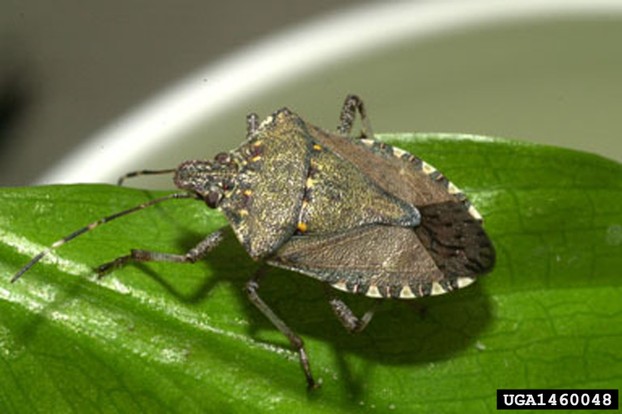
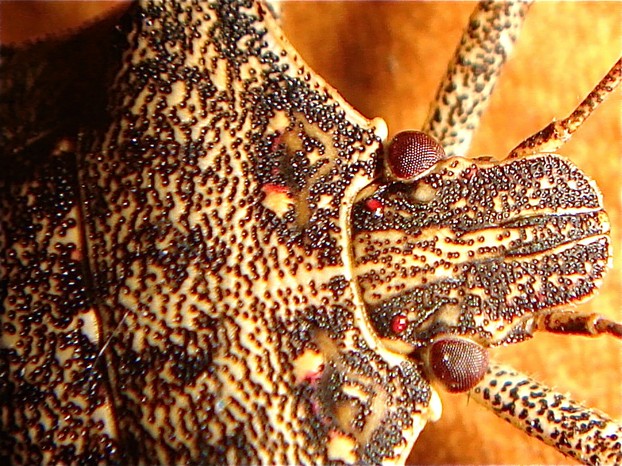
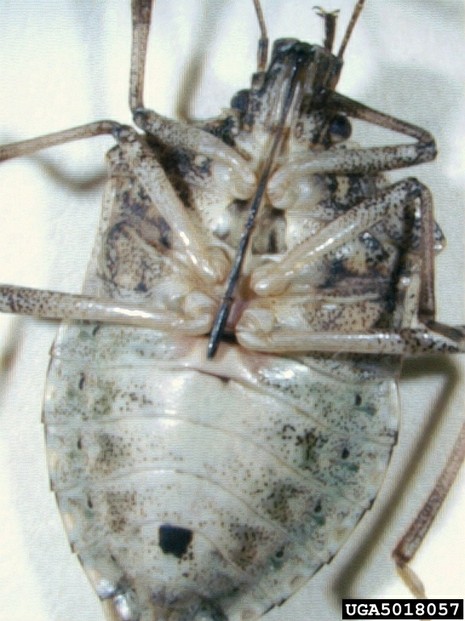
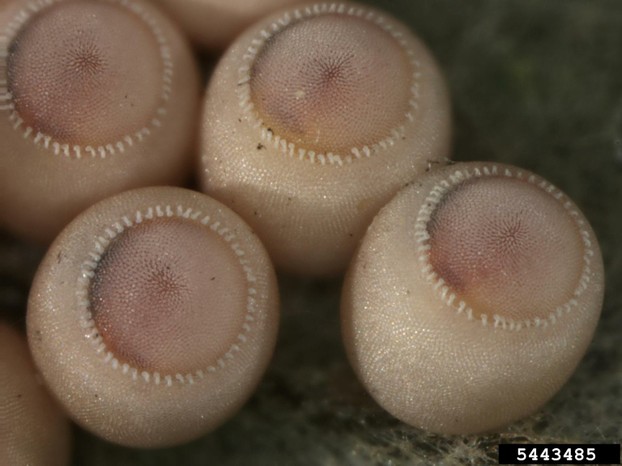
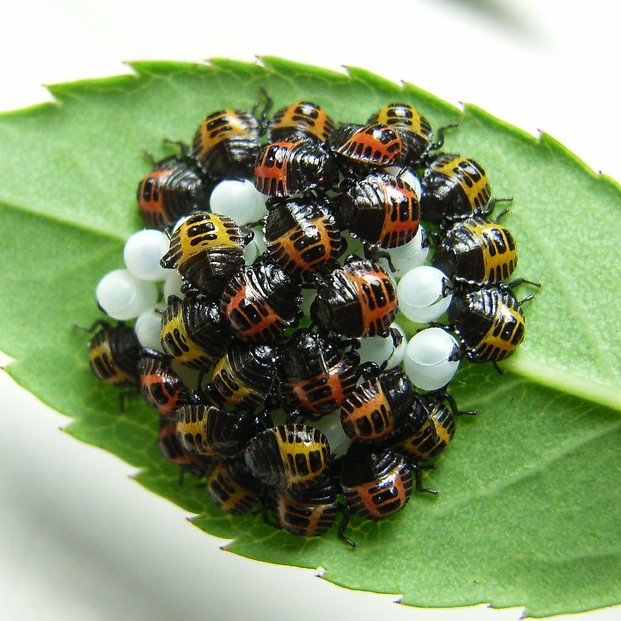
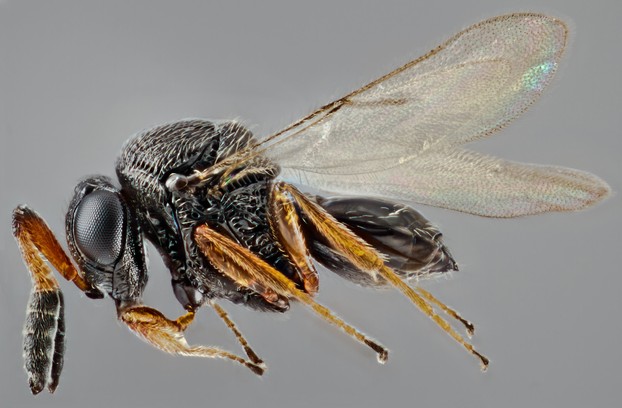
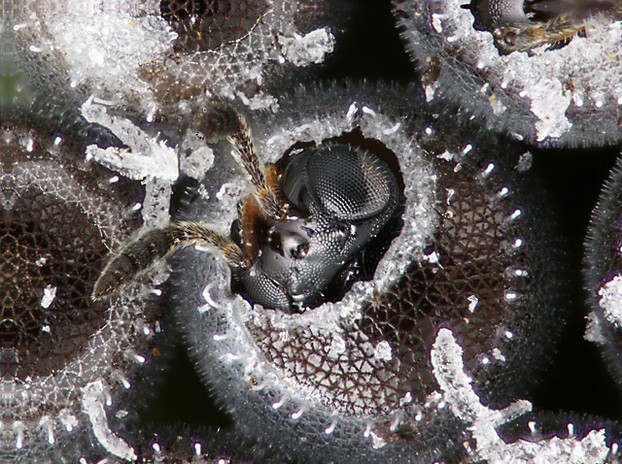
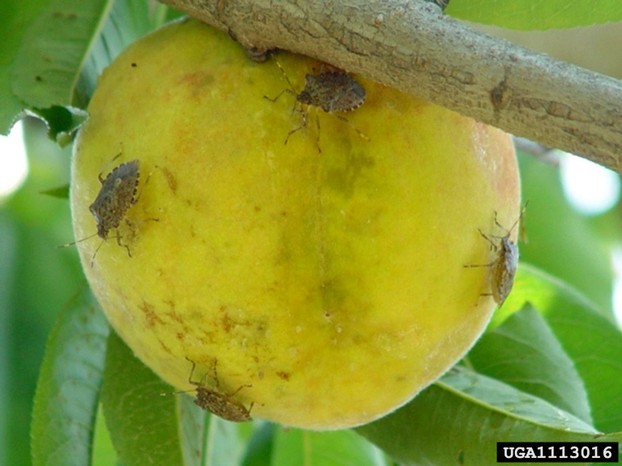
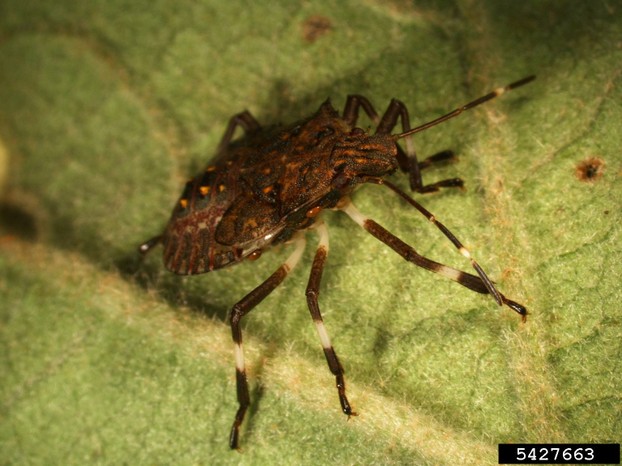
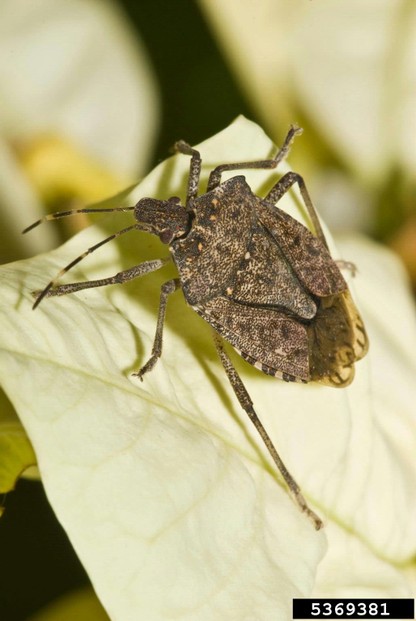
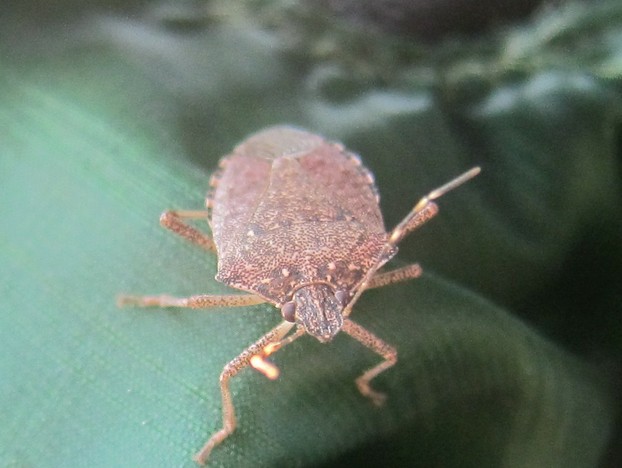
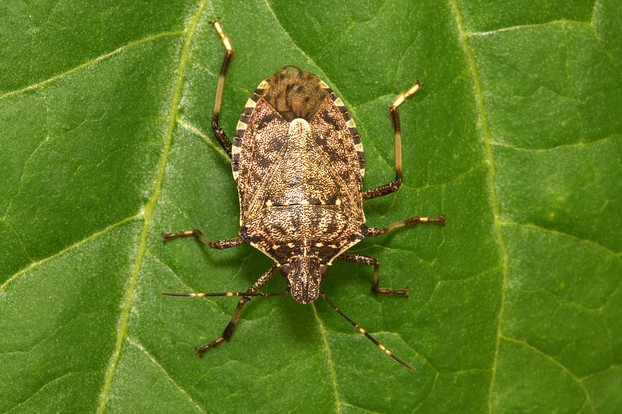
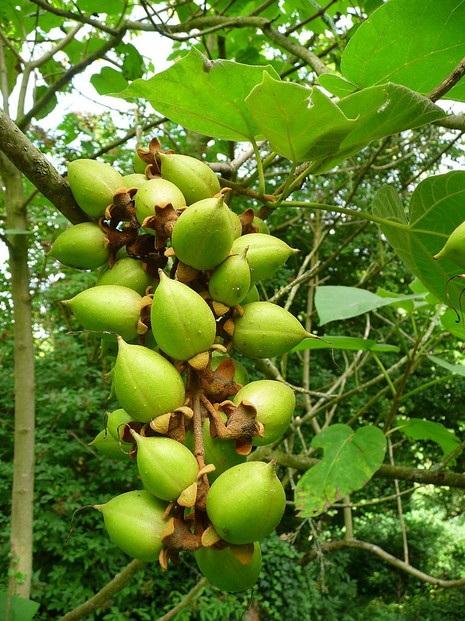
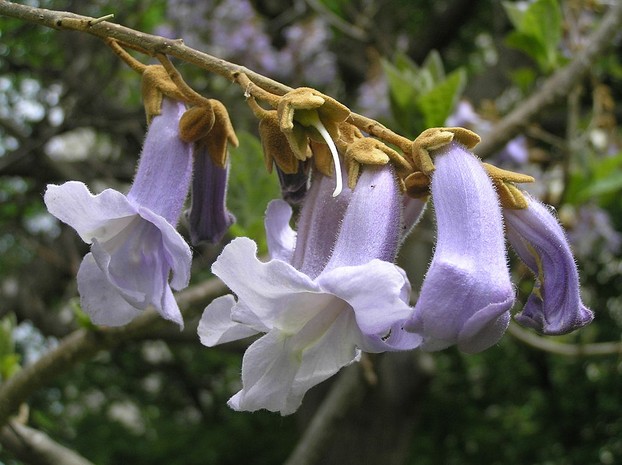




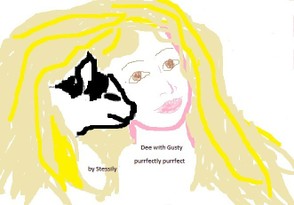
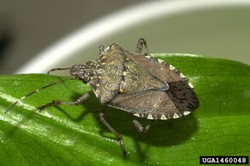

 Are Hawaiian Huakai Po Nightmarchers Avenging Halloween Thursday?on 10/02/2024
Are Hawaiian Huakai Po Nightmarchers Avenging Halloween Thursday?on 10/02/2024
 Mailing Addresses for 2023 Form 4868 Extending 1040 and 1040SR April 15, 2024, Due Dateon 04/15/2024
Mailing Addresses for 2023 Form 4868 Extending 1040 and 1040SR April 15, 2024, Due Dateon 04/15/2024
 Mailing Addresses for 2023 Forms 1040 and 1040SR Filed in 2024on 04/15/2024
Mailing Addresses for 2023 Forms 1040 and 1040SR Filed in 2024on 04/15/2024
 Mailing Addresses for 2022 Form 4868 Extending 1040 and 1040SR April 18, 2023, Due Dateon 04/13/2023
Mailing Addresses for 2022 Form 4868 Extending 1040 and 1040SR April 18, 2023, Due Dateon 04/13/2023

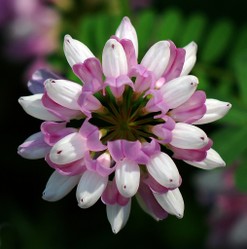
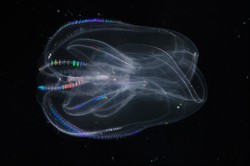
Comments
Mira, Probably you were seeing hawthorn shield bugs (Acanthosoma haemorrhoidale), so-named because they favor hawthorns.
Brown marmies are becoming more visible here, as welcomers of spring. Some overwinter in my home. I just let them be. So does my kittycat Augusta "Gusty" Sunshine ~ although she did eat a dead marmie the other day, crunching with each bite. She ate the whole thing but left the dead one next to it alone. She must have needed some crunch to her diet. :-)
I saw lots of bugs today, so this is timely for me. They had a metallic green back. They buzzed around and on a hawthorn bush. I kept wondering why they were so many! I guess that's springtime for bugs, as you say :)